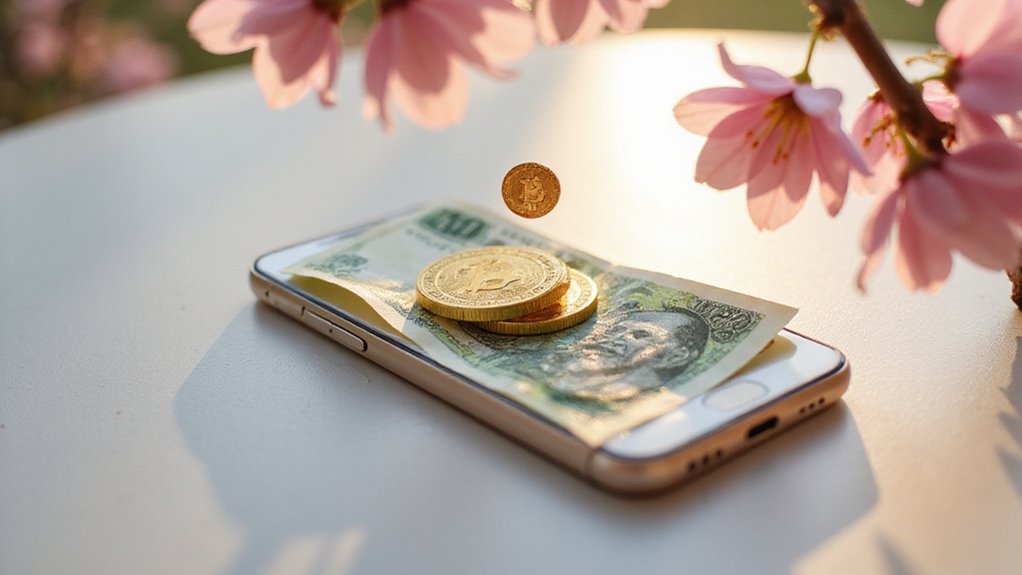The age-old debate between storing wealth in gleaming metal versus digital code has taken on new urgency as investors grapple with persistent inflation, geopolitical upheaval, and the curious spectacle of central banks simultaneously printing money while stockpiling gold at rates not seen since the Nixon administration.
Central banks purchased over 1,044 tonnes of gold in both 2023 and 2024, apparently hedging against the very currencies they issue—a paradox that would make even seasoned economists pause.
Gold’s 5,000-year resume as humanity’s preferred store of value carries considerable weight, literally and figuratively. Its $16 trillion market capitalization dwarfs Bitcoin‘s $1 trillion valuation, yet this tenfold difference masks a more intriguing story.
Gold’s ancient dominance commands respect, but Bitcoin’s trillion-dollar adolescence suggests the monetary monarchy may face its first serious challenger.
While gold surged 2,300% during the 1970s inflation crisis and posted a 26% year-to-date gain in 2025, Bitcoin matched that 2025 performance (26.1%) despite existing for merely fifteen years. Bitcoin’s institutional credibility received a significant boost when U.S. spot Bitcoin ETFs attracted $17.8 billion in inflows following their January 2024 approval.
The investment profiles reveal stark contrasts: gold functions as the financial equivalent of a sturdy umbrella—reliable but unremarkable—while Bitcoin resembles a rocket ship with occasionally faulty navigation systems. The cryptocurrency market’s overall growth has reached a market capitalization of $2.91 trillion as of early 2025, demonstrating sustainable growth patterns rather than the manic spikes of previous cycles.
Gold’s low volatility appeals to wealth preservationists, whereas Bitcoin’s wild price swings attract those seeking transformative returns. Forecasts suggest Bitcoin could reach $150,000-$200,000 by 2025 and possibly $1 million by 2030, while gold’s projections hover around $3,500-$3,900 short-term and $5,155 by 2030.
Bitcoin’s digital nature addresses gold’s most glaring weaknesses: try explaining to customs officials why you’re carrying bullion across borders, or attempting to pay for coffee with gold shavings.
Bitcoin’s portability, divisibility, and transparency offer practical advantages that gold’s industrial applications cannot match.
The correlation data reveals Bitcoin’s near-zero relationship with gold (-0.01) and modest correlation with the S&P 500 (0.15), suggesting diversification benefits—until market stress arrives and correlations spike, naturally.
Both assets serve as inflation hedges, though Bitcoin’s role remains more complex, requiring legal recognition and market liquidity that varies dramatically across jurisdictions.
Whether Bitcoin ultimately “swipes gold’s throne” depends largely on investors’ tolerance for trading millennia of precedent against the promise of technological disruption—a choice between time-tested reliability and revolutionary potential.









